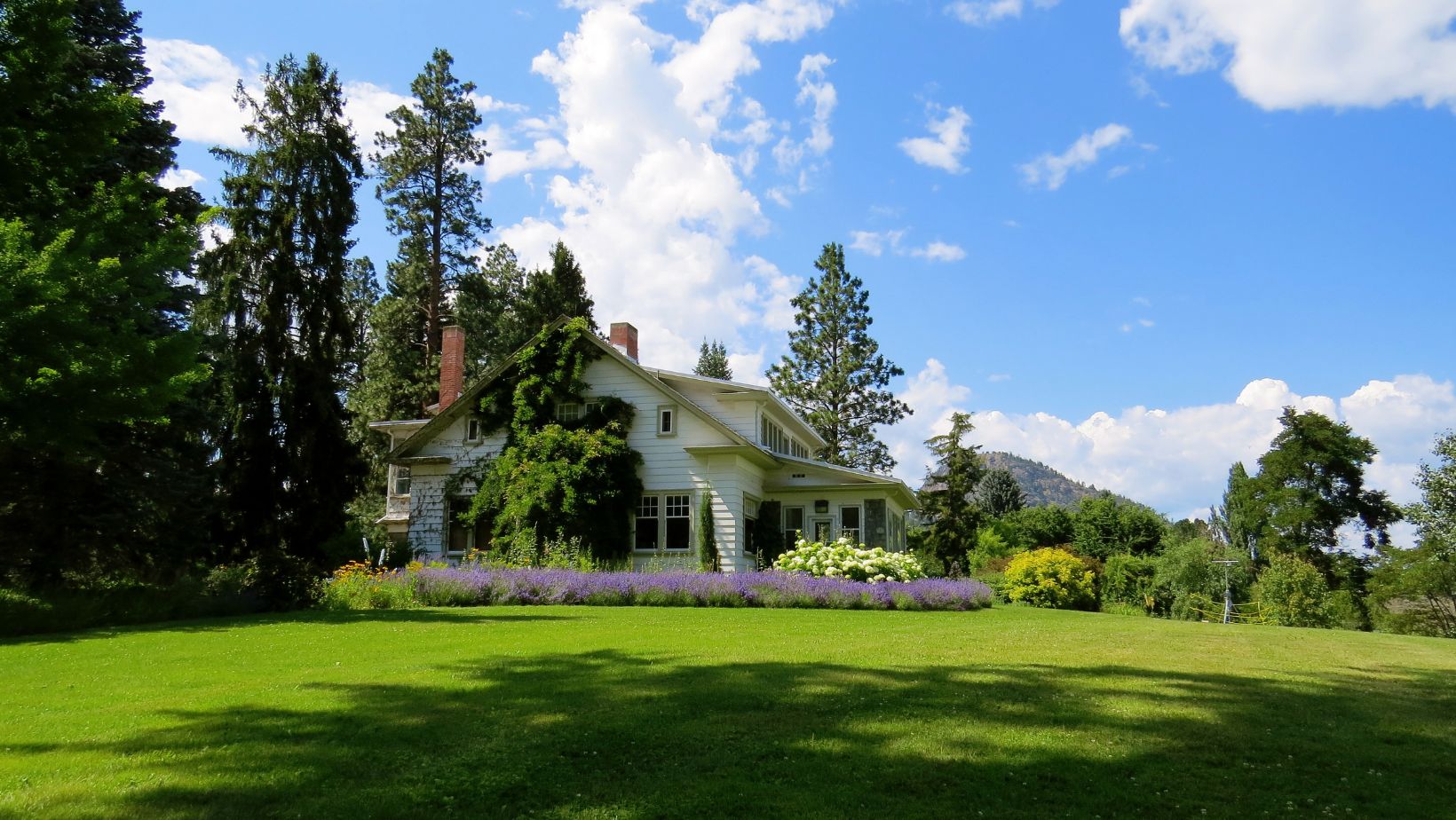Many people find that keeping a yard clean and tidy can become a challenge, especially when leaves and debris start piling up. A lawn sweeper can be a useful tool that helps collect grass clippings, leaves, and other small debris more easily. These tools help save time compared to manual raking.
Understanding the main factors that affect the price of a lawn sweeper can help buyers make an informed choice for their yard care needs. With various features, sizes, and designs available, knowing what influences the cost can prevent surprises when shopping for a new VEVOR lawn sweeper or one from another preferred brand. This article will cover the key factors to help readers stay informed.
1. Type and model of the lawn sweeper
The type of lawn sweeper plays a big role in determining its price. Manual push sweepers usually cost less compared to tow-behind models that attach to a lawn tractor or riding mower.
Tow-behind sweepers are bigger and can handle larger yards and more debris. This added size and capacity often make them more expensive than their smaller, push-powered counterparts.
Some models come with special features like adjustable brush heights or larger hoppers. These extras can also increase the price.
Electric or powered sweepers can cost more than non-powered versions because of the added motor and parts. The design and build quality of each model can also affect how much it costs.
When choosing a lawn sweeper, it’s important to compare the different types and models. People should think about what kind of debris they need to collect and how big their property is when making a choice.
2. Yard size and terrain complexity
The size of a yard is one of the main things that affects the price of a lawn sweeper. Larger yards usually mean more work and time, so a bigger, often pricier sweeper may be needed.
If a yard is small or medium, a basic model is likely enough. For bigger properties, heavy-duty sweepers can make the job much easier, but they often cost more.
Terrain complexity is also important. Flat and open lawns are easier to clean and don’t need special features. Lawns with slopes, hills, or a lot of obstacles might need a sweeper with stronger wheels or higher capacity.
Rough grounds or areas with thick debris can require more durable or advanced sweepers, which tend to raise the price. Simple yards keep both purchase and maintenance costs lower.
3. Frequency of lawn care service
How often lawn care is done can change the price of a lawn sweeper. When lawns are cleaned more often, there is usually less debris to pick up each visit. This can make the job easier and faster, which may lower the cost per service.
On the other hand, if lawns are cleaned less often, more leaves, sticks, and grass may build up. This extra debris takes more time and effort to remove. As a result, the price for each visit can go up.

Some people choose weekly or bi-weekly lawn care, while others pick a once-a-month option. The best schedule depends on the size of the yard and how much debris usually collects. Service frequency is a key point in how companies set their prices for lawn sweeping. Frequent service can be more efficient and sometimes more affordable in the long run.
4. Technological features like battery power
Battery power can raise the price of a lawn sweeper. Models with battery systems often cost more than manual or tow-behind types. The added cost comes from the battery components and newer technology.
Battery-powered sweepers may also have features like variable speed controls or automatic brushes. These can make the machine easier to use but will increase production costs. The quality and type of battery used, such as lithium-ion, can also affect the final price.
Advanced batteries often last longer and charge faster, but they use materials that can change in price over time. Designers may add safety settings or improved displays, which also affect costs. Buyers should consider if these features match their needs before paying extra.
5. Brand reputation and warranty coverage
Brand reputation plays a major role in how much a lawn sweeper costs. Products made by well-known brands are often priced higher because people trust their quality and performance. Buyers tend to believe these brands keep their promises and deliver equipment that meets certain expectations.
Warranty coverage is another factor that affects price. A longer or more generous warranty can raise the cost, but it also gives peace of mind about possible repairs or defects. Brands that are known for good warranties sometimes have higher prices, as the added support can save money in the long run.
Some people are willing to pay more for a lawn sweeper if they know customer support and warranty service will be available. The mix of product quality, brand trust, and warranty terms can explain why some models are more expensive than others. Different brands may offer a range of warranty options depending on the model and price.
Conclusion
The price of lawn sweepers depends on factors like lawn size, the type and quality of the sweeper, special features, and how often it will be used. Buyers should look at these points carefully before making a choice.
Cost can also change based on the area and the time of year. By knowing what affects price, it’s easier to find a sweeper that fits both needs and budget.



